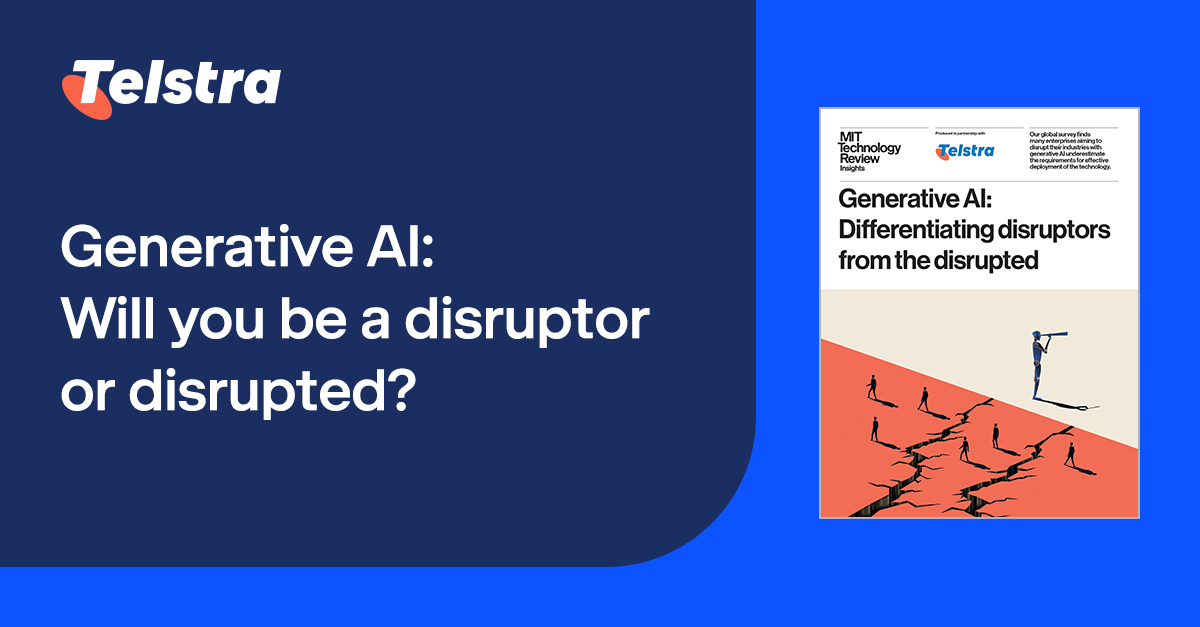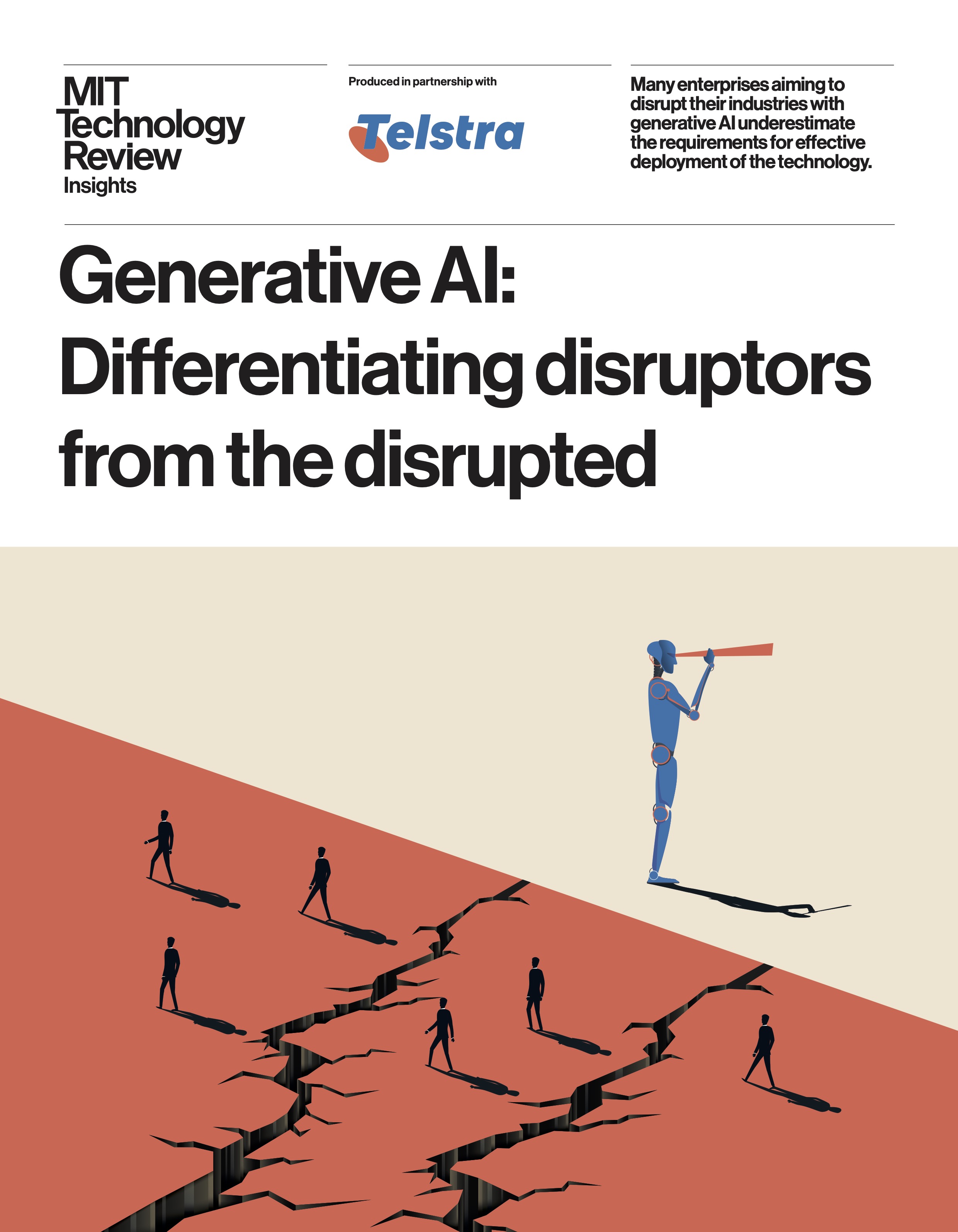Generative AI: Differentiating disruptors from the disrupted

Key findings
Generative AI to substantially disrupt industries
Six in 10 respondents agree that generative AI technology will substantially disrupt their industry over the next five years.
Majority seeking to disrupt through generative AI
78% of respondents see generative AI as a competitive opportunity.
65% hope to become disruptors but may well flounder over problems that many appear not to appreciate fully.
Mostly tactical experimentation
Although most (76%) companies surveyed had worked with generative AI in some way in 2023, few (9%) had adopted the technology widely.
Ambitions to increase adoption in 2024
Respondents expect their number of functions deploying generative AI to more than double in 2024.
Need to address IT deficiencies
Fewer than 30% of respondents rank the IT attributes at their companies as conducive to rapid adoption of generative AI.
Those with the most experience of rolling out generative AI have even less confidence in their IT.
Other factors can also undermine successful use of generative AI
Respondents also report non-IT impediments to the extensive use of generative AI in these areas:
• Risk
• Budgets
• Competitive environment
• Culture
• Skills
Register to download
Generative AI: Will you be a disruptor or disrupted?
Though still an emergent technology, generative AI has the potential not only to reshape key business operations, but also to shift the competitive landscape across most industries.
In fact, generative AI has already started to materially transform traditional business functions, such as product innovation, supply chain logistics, as well as sales and customer experiences. To remain competitive, effective adoption of generative AI is critical. Businesses that successfully navigate this landscape will likely emerge as leaders within their industry.
This MIT Technology Review Insights report, produced in partnership with Telstra International, will seek to address critical questions asked today by business leaders:
- What changes will generative AI bring to human-to-machine interactions in the next three years?
- How will generative AI change business functions and models in the next three years?
- What will be the job functions that will be significantly impacted, moderately impacted, or minimally impacted?
- What are the initial processes and functions that will be able to make the most immediate use of technology?

Thanks!
We've received your request and a copy of the report will be sent to your email address.
Download Now